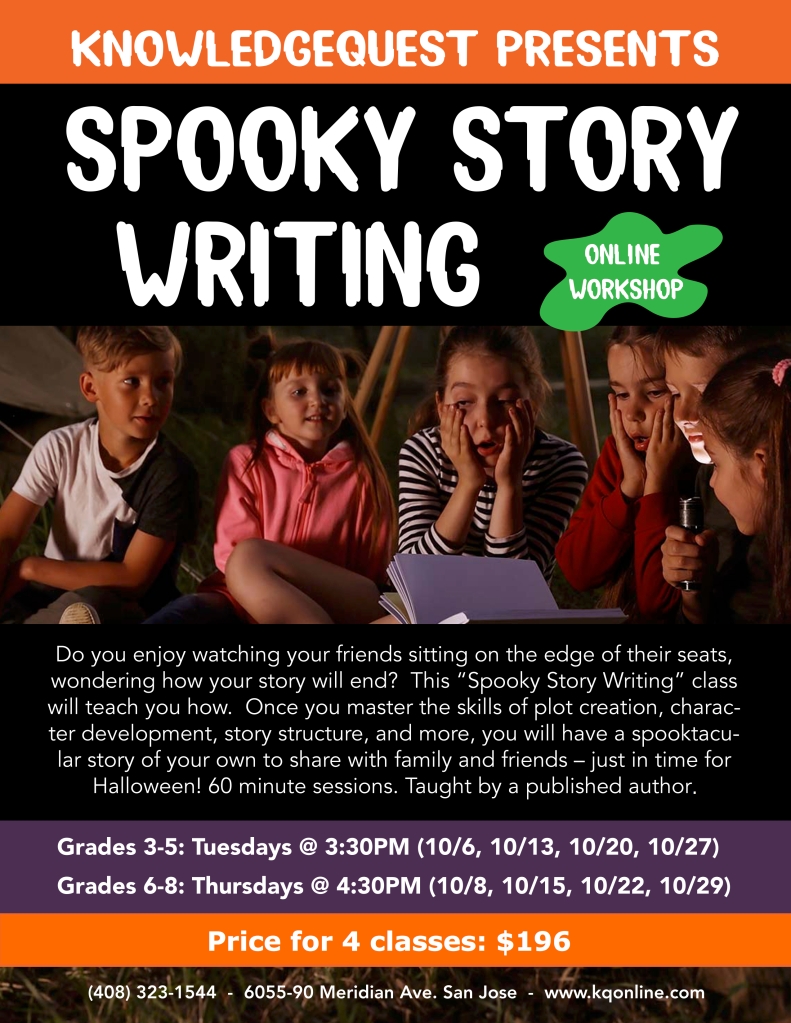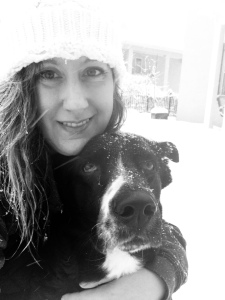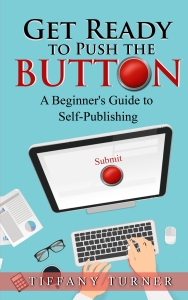I am proud to announce that I have had my 15-Minute Play, “Meet in the Park” chosen for the upcoming 2025 UpStage Napa Valley PlayFest. I am just absolutely over the moon about being chosen this year. I moved to Calistoga a few years ago, and found out about a local playwright festival hosted by the local theater group, UpStage Napa Valley. So, being locked down and in a new town, I thought I’d give it a try to enter. I have been trying each year, around the early spring. I’ve been making it a regular writing project to write a new play following the theme of the annual festival. After three previous attempts, I finally was selected this year.
The one thing I’ve learned as a writer is not to give up. Every time you try to write, you learn and improve. Each new 15-minute play I worked on, I grew and learned more about the genre. I had written a play as a drama major in college. It seemed like the thing to do back then, and I attempted a one act play. I still have it, often looking back if I could do it again. I didn’t win that play contest, but I had learned a lot. This new play festival opened up the idea to try again at writing plays. I would like to thank UpStage Napa Valley for supplying this opportunity to aspiring playwrights like myself to go after that dream. I’ve expanded myself as a writer. Giving play writing a try again has been a great experience.
To me, writing a 15-minute play was similar to writing flash fiction. I’ve tried that particular genre though online contests too. For some reason, I seem to work well having a competition and deadline to work towards. I’ve found it’s been nothing but rewarding. Going down this playwright path, exploring my writing chops, and giving my all has been uplifting during these last few years. I wanted to see if I could create a play that would be able to touch someone, or everyone. I thank UpStage Napa Valley for this incredible honor, and I look forward to seeing the final production in October.
To add to this, my play will also have a staged-reading performance at the opening of the new Brannon Center in Calistoga on Oct. 4th. I am extremely thrilled by this announcement as well.
To all the aspiring writers and playwrights out there, just keep trying. Don’t give up. You have something special inside. With every writing project you create, you polish that sparkle within. Keep going. I want to hear your story, see your play, and so does everyone else.
UPDATE July 24, 2025:
Auditions will be starting soon for the PlayFest! If you live in the Napa Valley area and would like to try out for the festival shows, there are a variety of parts needed. My play, “Meet in the Park” needs three actors. Randall is a late 20s, early 30s male role. Claudette is along the same age, late 20s to early 30s, but they could cast a little older depending on people that come out for the audition. Mary-is an older woman, in her 60s, and mother to Randall. This is a great way to break into doing local theatre. The plays are no longer than 15 minutes, and you get a $100 stipend. Great to add to a resume!
Auditions are July 30th, 7pm -9pm at 1428 Spring St, St Helena, CA 94574.
Performance dates are on the weekends in October.
**IF you can’t make the date above, they are arranging appointment readings to meet your schedule.
Here is the information link on the UpStage Napa Valley website.
https://www.upstagenapavalley.org/auditions
For more information about the UpStage Napa Valley PlayFest 2025, please visit the link below.








 “The Fox Who Chased the Sky”
“The Fox Who Chased the Sky”







